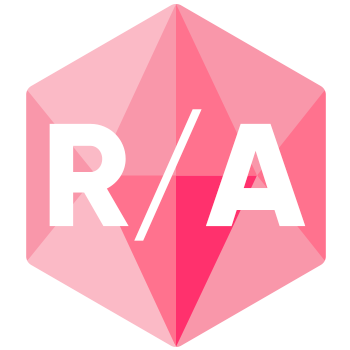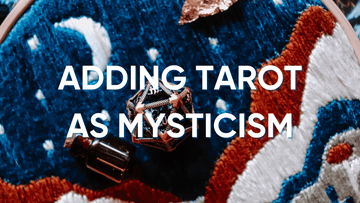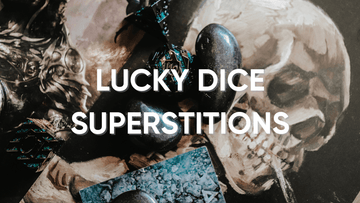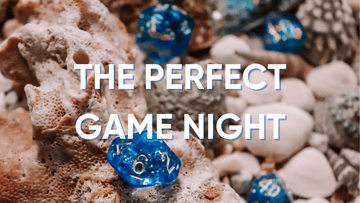Tarot cards, runes, and other forms of divination can add a mystical and thematic element to your tabletop role-playing game (TTRPG). Whether you're playing a high-fantasy Dungeons & Dragons campaign, a gothic horror adventure, or a modern occult mystery, tarot can serve as an in-game fortune-telling mechanic, a tool for improvisational storytelling, or even a way to guide character decisions.
Here are some creative ways to weave tarot and divination into your TRPG sessions.
1. Using Tarot for Character Creation
A tarot reading can be an amazing way to inspire a character’s backstory, personality, or fate.
Methods:
- Randomised Backstory Generator: Draw three to five cards to represent key events in the character’s past, present, and future. Use the interpretations to shape their journey.
- Defining Character Traits: Use a single draw to establish personality traits, motivations, or fears. For example, drawing The Tower could mean your character has undergone a life-altering disaster.
- Choosing a Fate or Destiny: At the start of the campaign, a reading could foreshadow a crucial turning point in the character’s life.
This method adds an element of unpredictability while grounding your character in rich narrative themes.
2. In-Game Divination and Prophecy
Tarot can be introduced as an in-world mechanic where seers, fortune tellers, or oracles use it to reveal secrets or foreshadow events.
How to Use It:
- NPC Fortune Tellers: A tarot-reading NPC can give cryptic hints about future events, making prophecies feel interactive rather than scripted.
- Player-Run Divination: If a PC is a mystic, cleric, or diviner, they could draw cards for insight instead of (or alongside) rolling for an Arcana or Religion check.
- Clues to a Mystery: Each tarot draw could hint at key information in an investigation or serve as an abstract puzzle for players to interpret.
This method keeps the game dynamic and ensures that player choices and interpretations shape the story.

3. Randomised Storytelling and Plot Twists
Tarot decks can act as an improvisational storytelling tool, allowing GMs to generate unexpected plot twists on the fly.
Ways to Implement It:
- World Events: Draw a card at the beginning of each session to determine the overarching theme or mood.
- Random Encounters: Instead of rolling on a table, draw a tarot card and interpret it narratively (e.g., The Devil could represent a dangerous temptation or a villain making a move).
- Shaping NPC Behaviour: If unsure how an NPC reacts, draw a card to determine their motivations or mood.
Using tarot in this way prevents predictable storytelling and keeps even the GM surprised!
4. Unique Homebrew Tarot-Based Mechanics
You can design entire game mechanics around tarot readings, incorporating them as a substitute for dice rolls or ability checks.
Ideas for Homebrew Mechanics:
- Skill Challenges with Tarot Draws: Instead of rolling a die, players draw a tarot card and use its meaning to determine success, failure, or mixed results.
- Magical Items Powered by Tarot: A sentient deck of cards could grant spells or abilities based on what is drawn.
- Tarot-Based Initiative or Combat Buffs: Drawing a Major Arcana card before battle could grant temporary bonuses or special effects.
This approach works well for narrative-heavy games where drama and storytelling matter more than pure mechanics.

5. Tarot as a Role-Playing Aid
Some players struggle with making decisions in character. A tarot deck can act as an external "fate" that helps them role-play more dynamically.
How It Works:
- Decision-Making Aid: When stuck on a tough moral choice, draw a card and interpret it as guidance.
- Character Mood Indicator: If unsure how your character is feeling at the start of a session, draw a card and let it shape their behavior.
- Foreshadowing Personal Arcs: A character’s personal reading at the start of a campaign could predict struggles they will face.
This method can be particularly useful for players who enjoy improvisation but need a nudge in shaping their choices.
Final Thoughts
Tarot and divination can enhance your TRPG experience by adding an element of mystery, unpredictability, and immersive role-playing. Whether you use it for character creation, worldbuilding, or as a storytelling mechanic, tarot allows both players and GMs to interact with the narrative in new and exciting ways.
Have you ever used tarot or divination in your games? Share your experiences in the comments!








